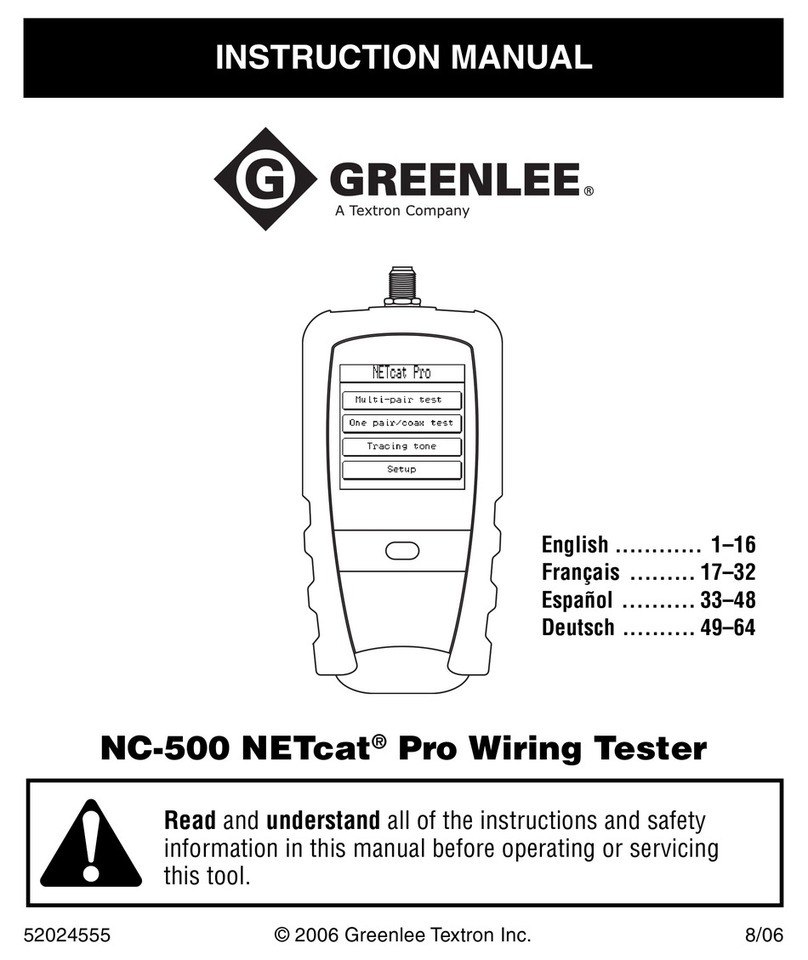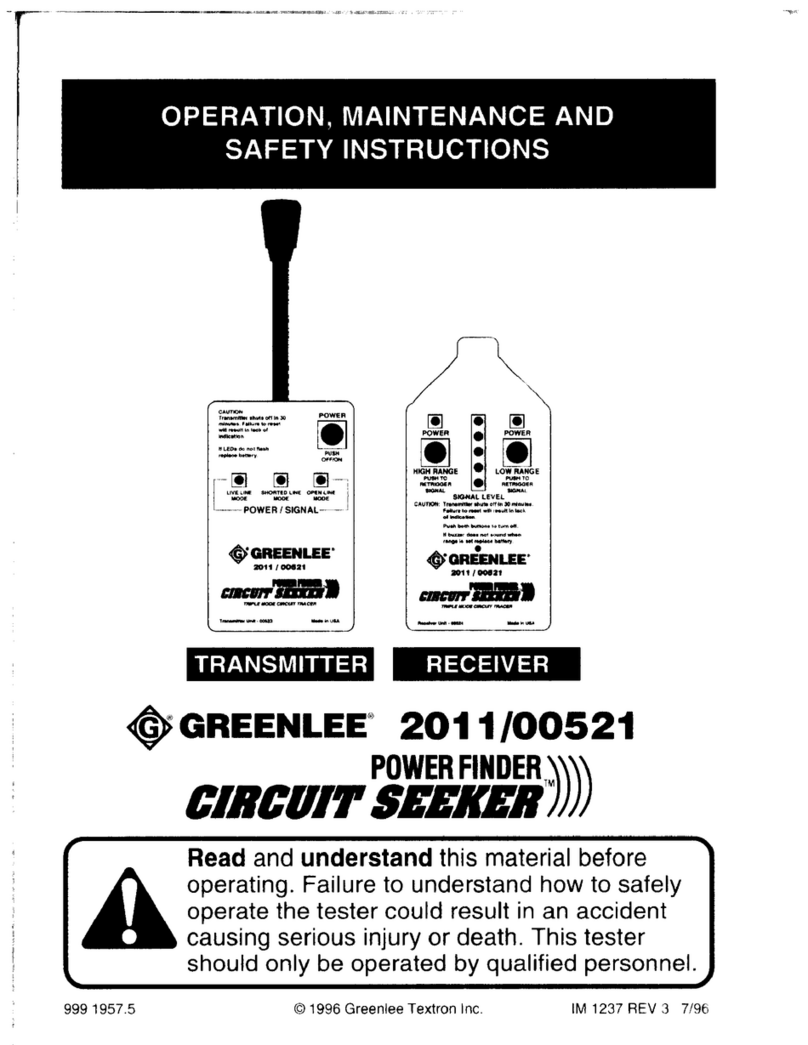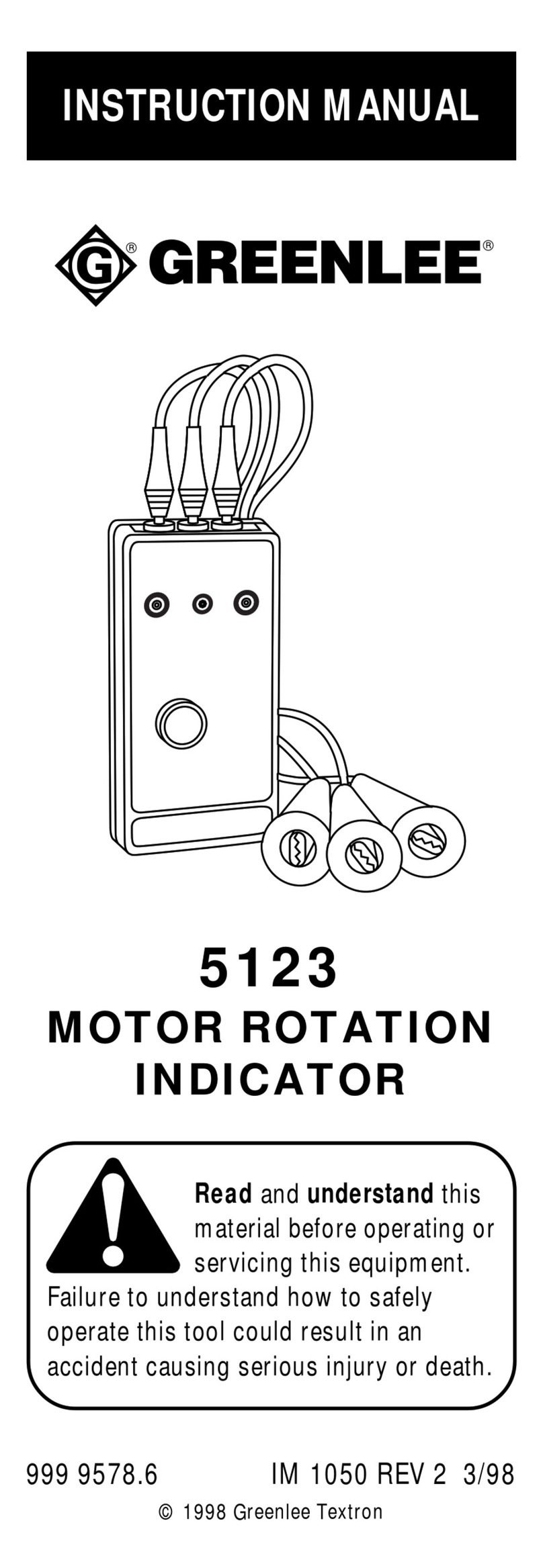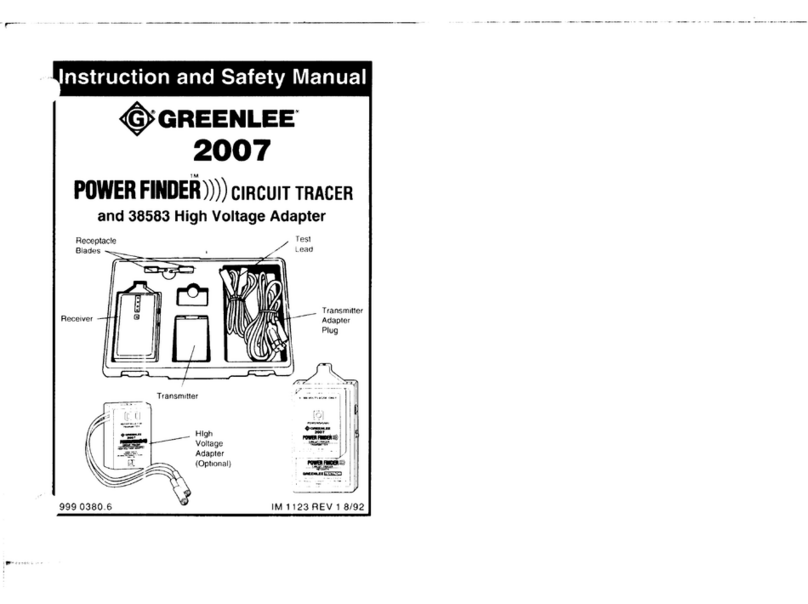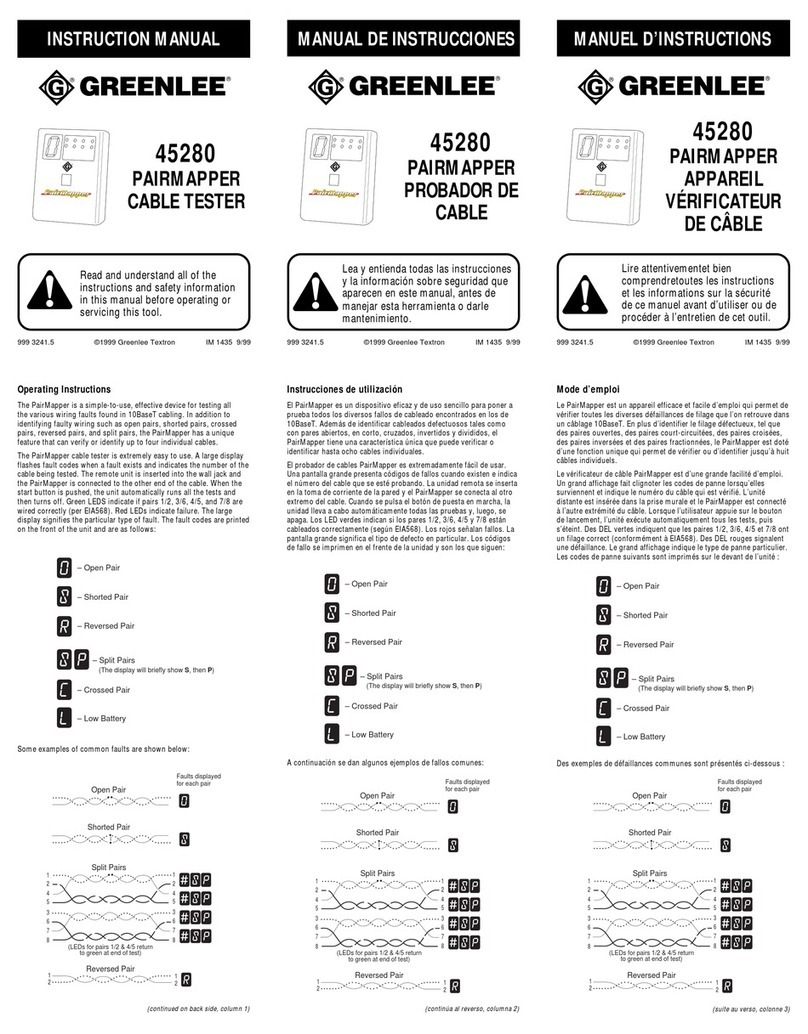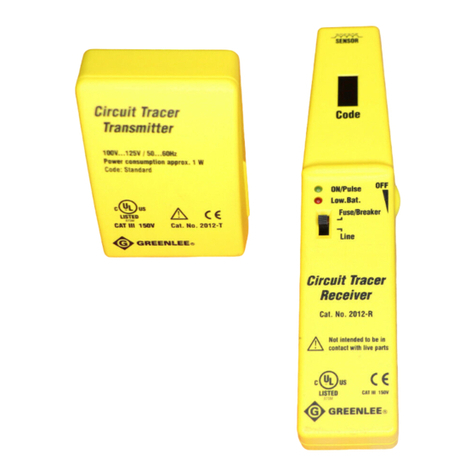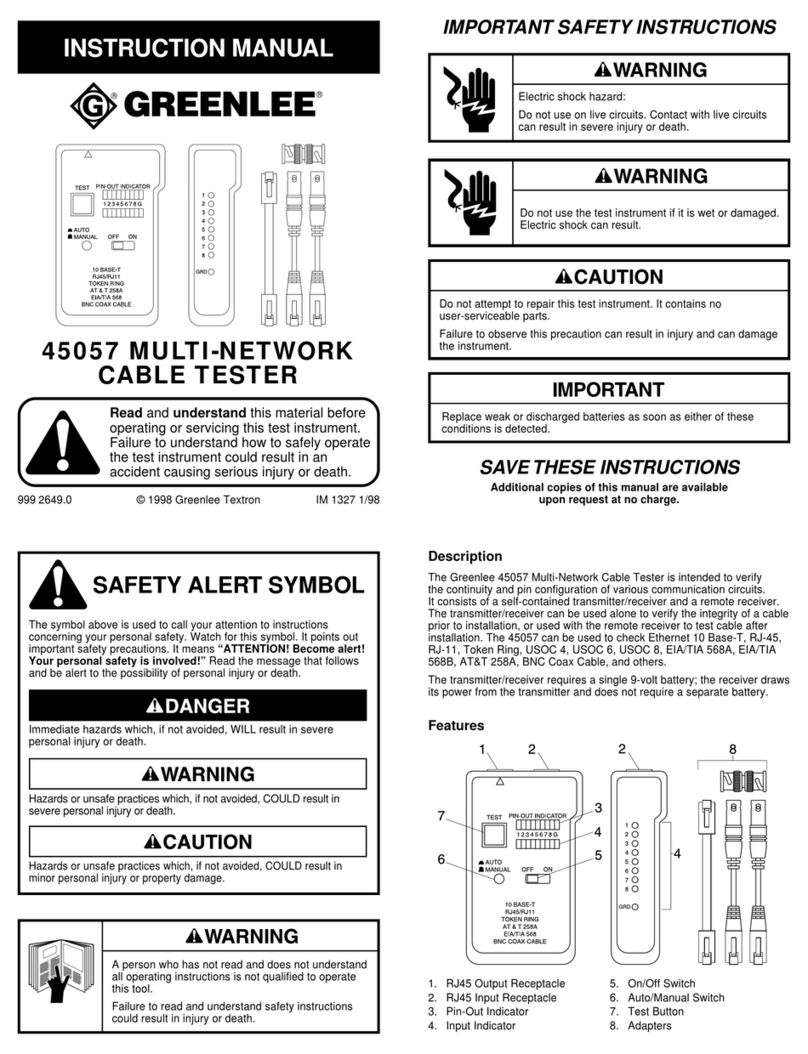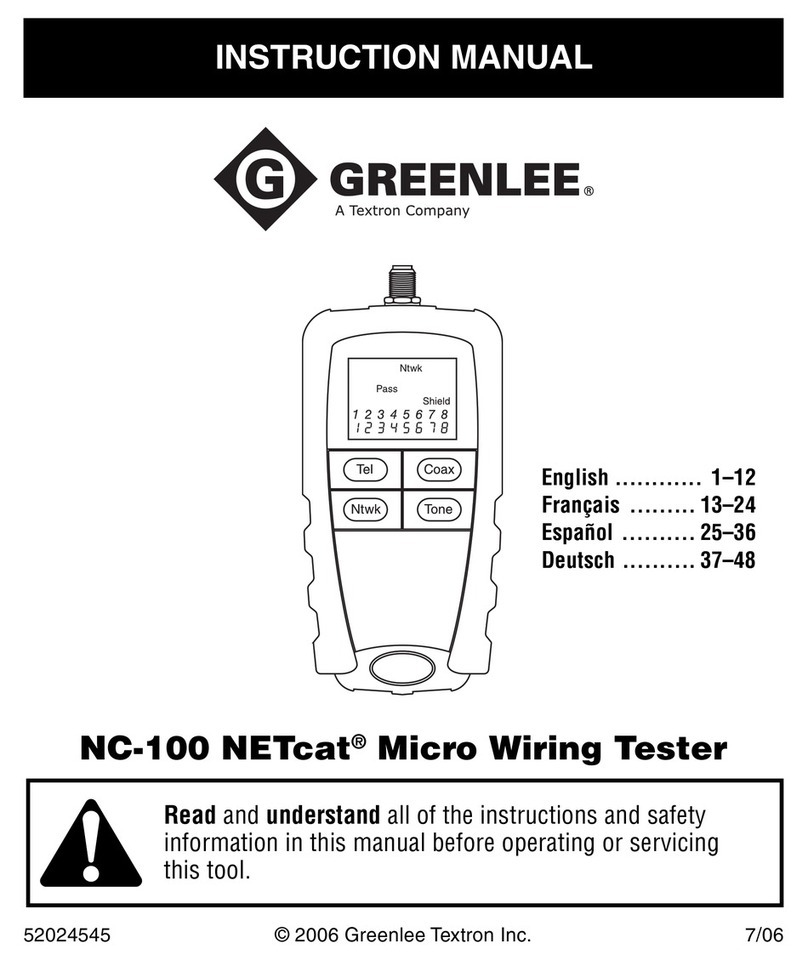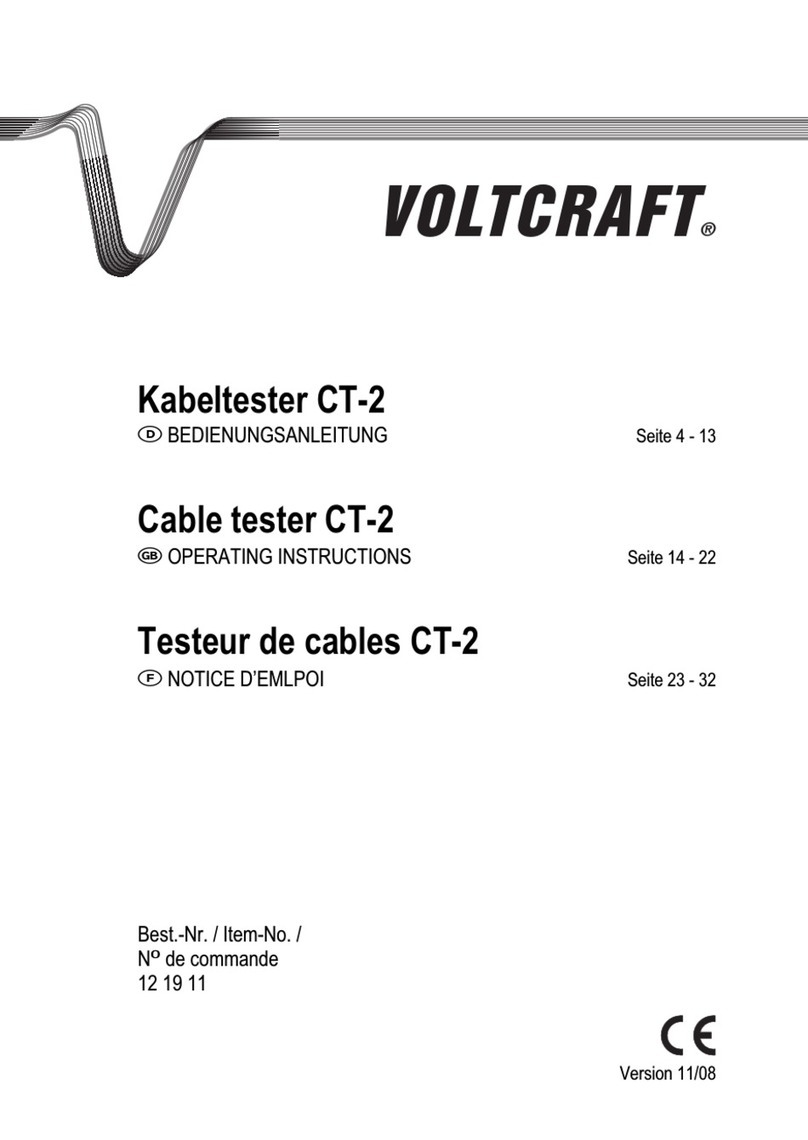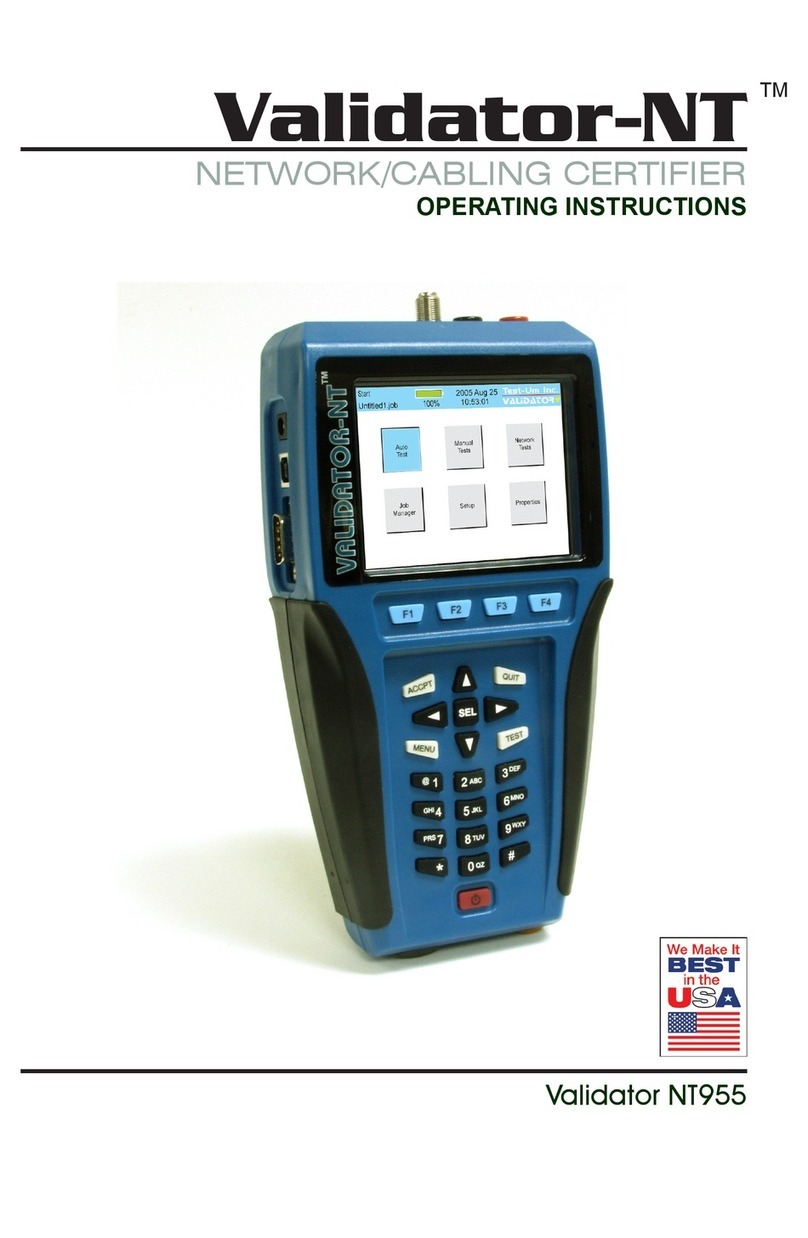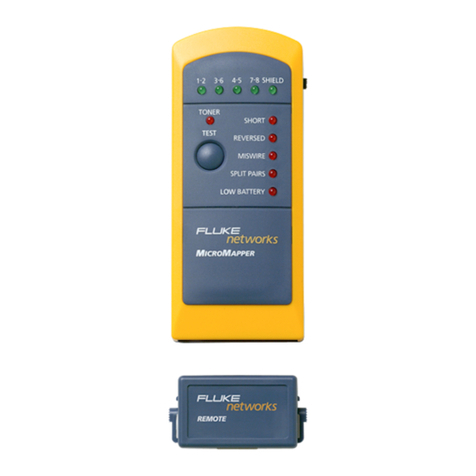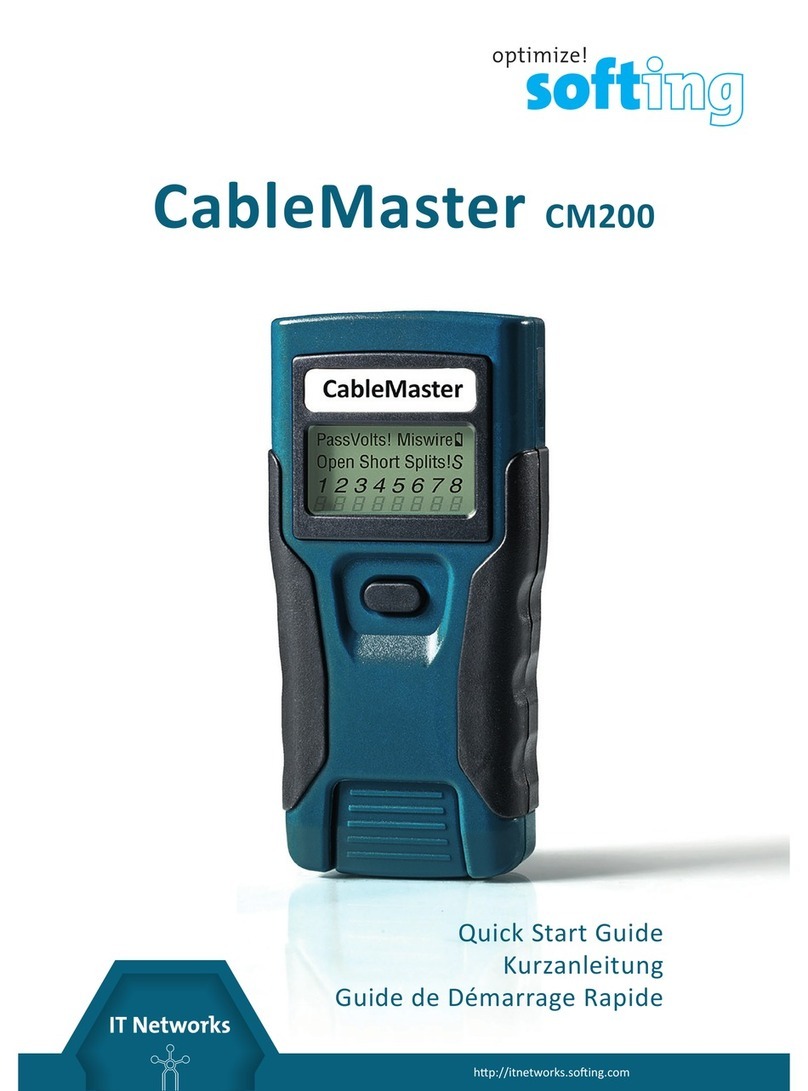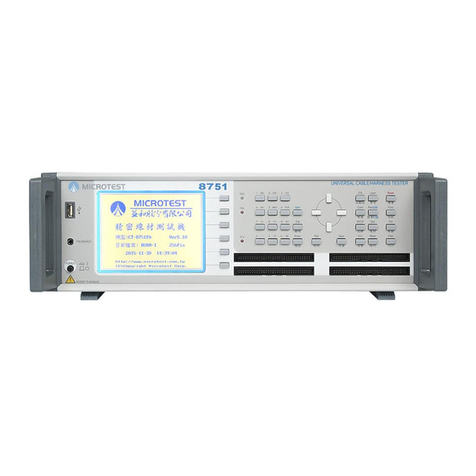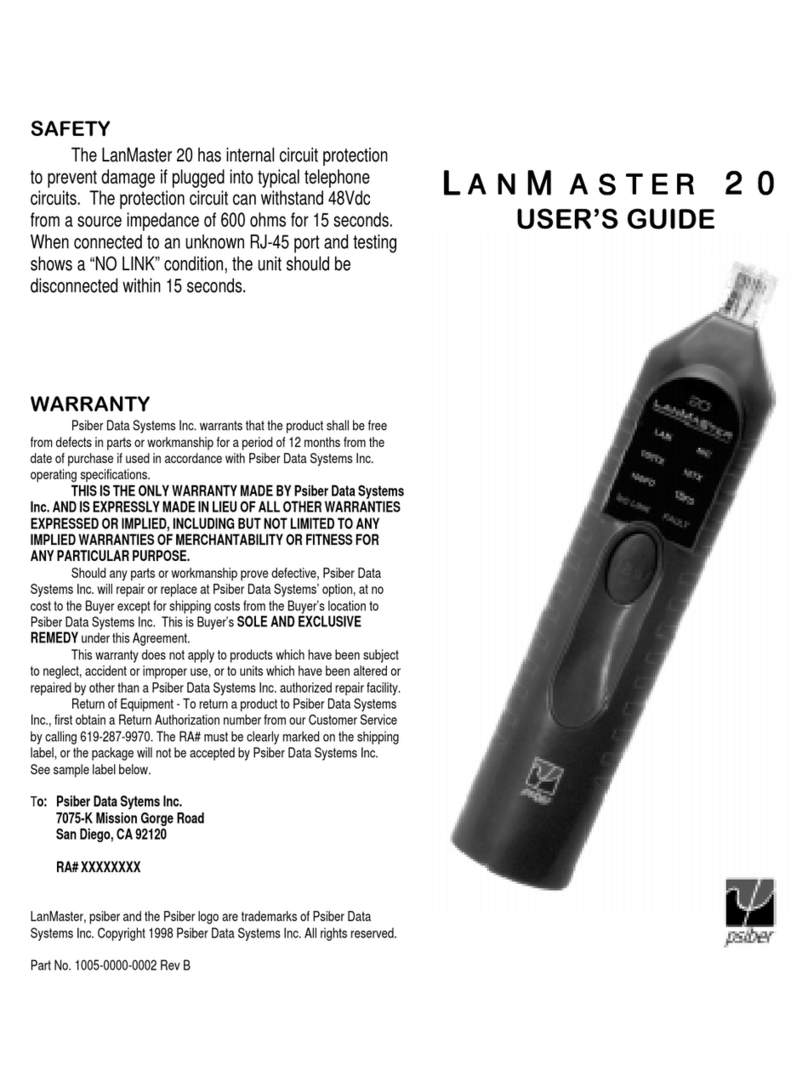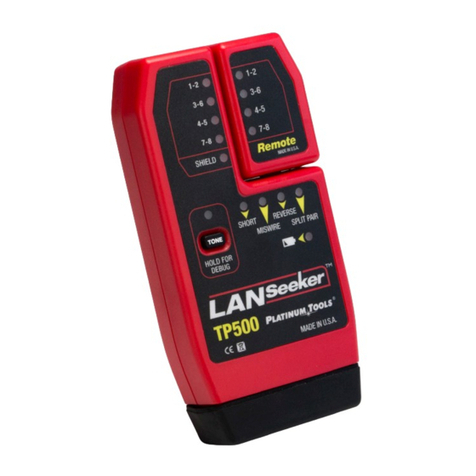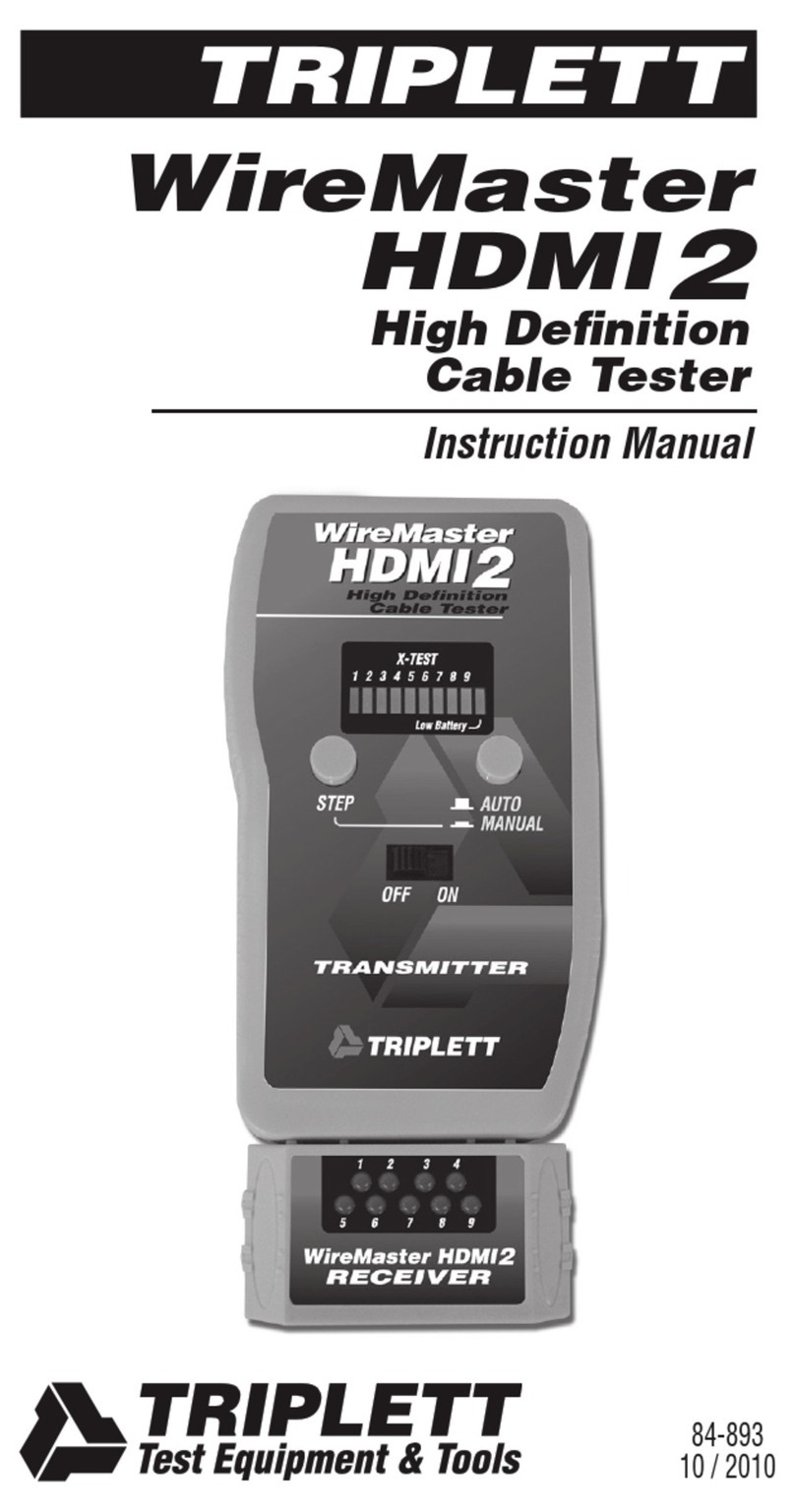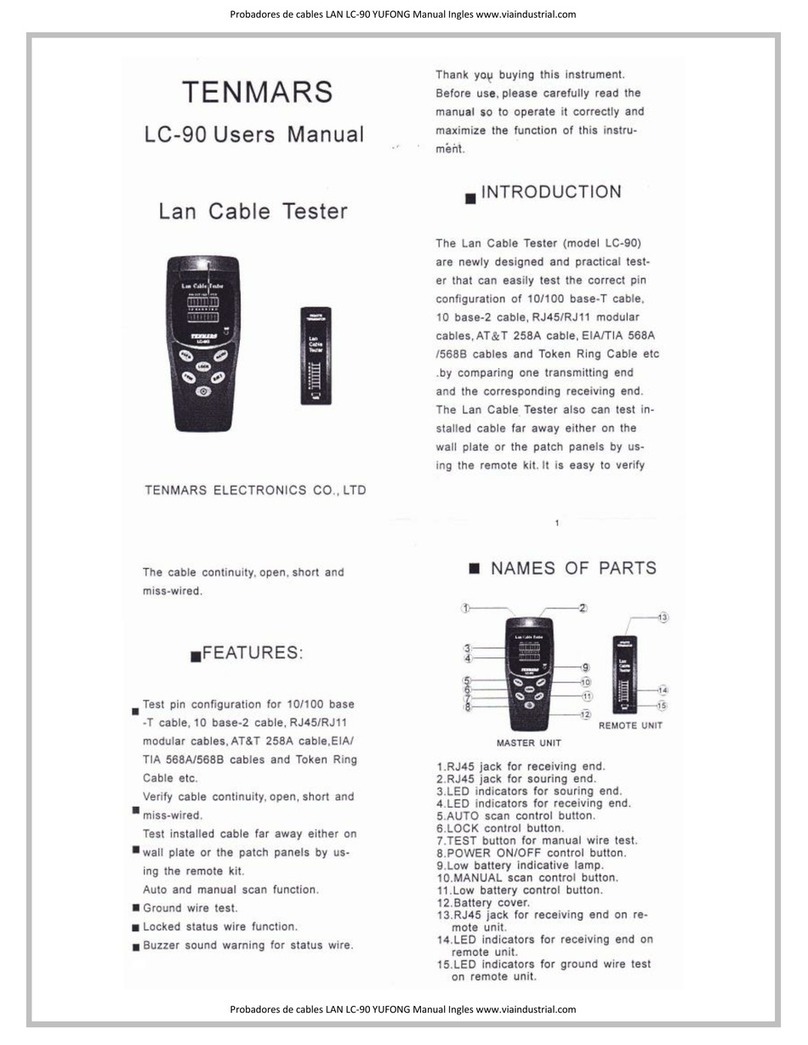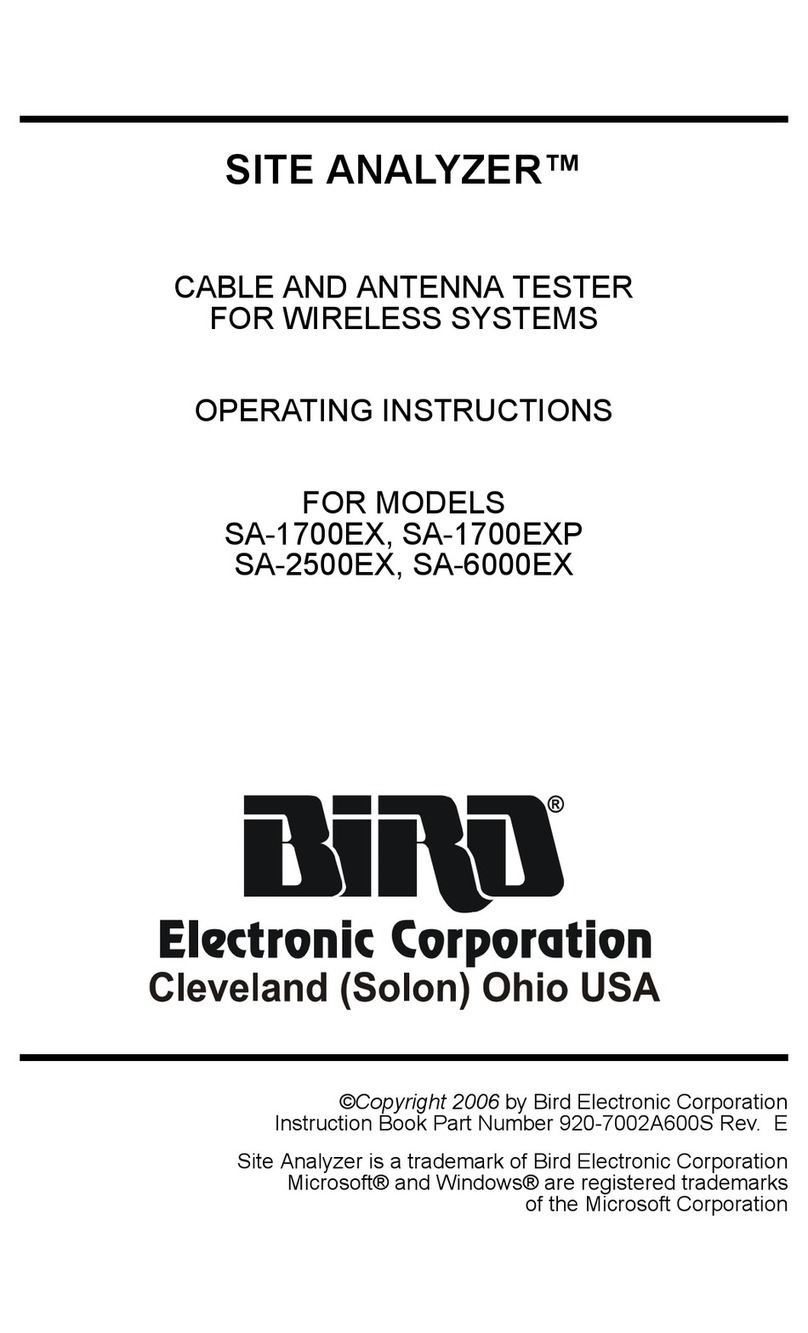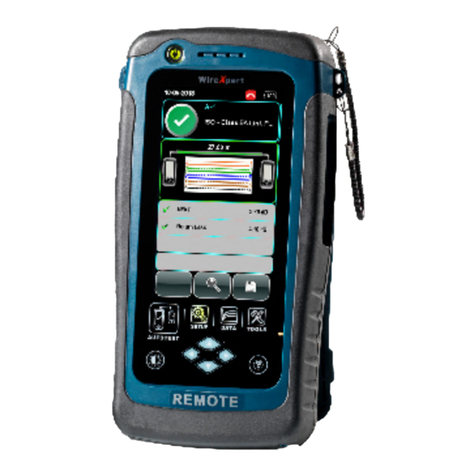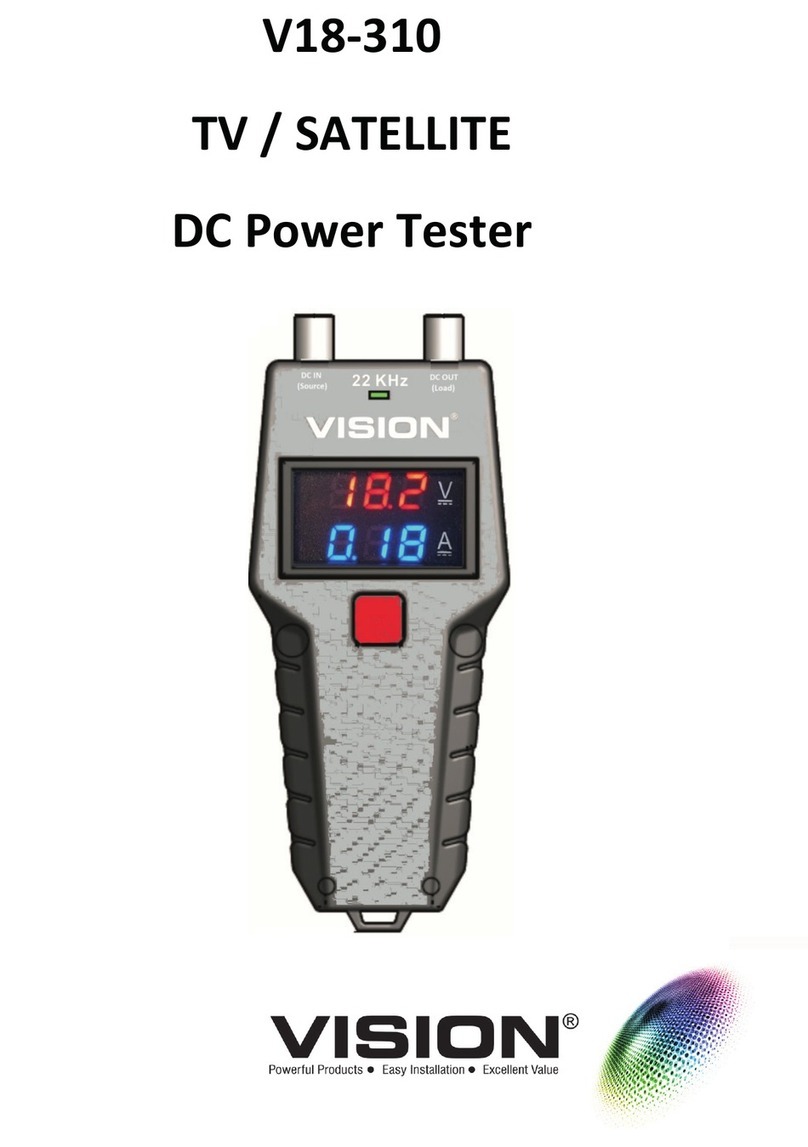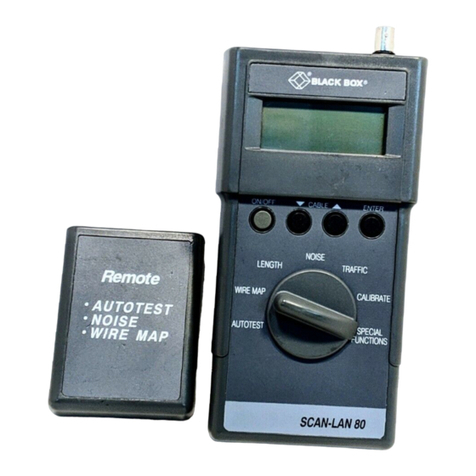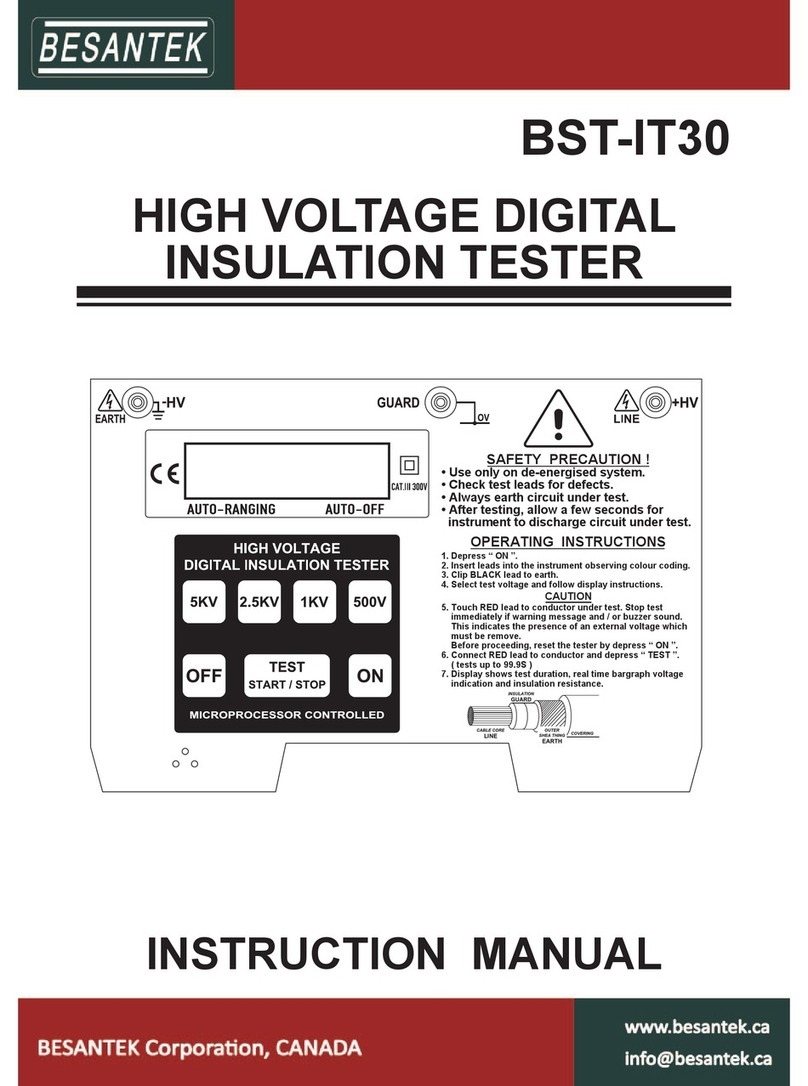46054
9
Dialing Features
PULSE
Pulse Dialing
Press PULSE, then press TALK.
The dialing mode will automatically return to tone-type dialing when the test set is removed
from the line or when the test set is switched off.
To mix pulse and tone dialing, select PULSE and dial the pulse digits. Then press to select
TONE and dial the tone digits (the will not be dialed).
Note: If the dialing string is started in Tone mode, it is not possible to add Pulse digits.
The Last Number Redial feature (explained later in this section) will dial this number as a
mixture of pulse and tone digits.
To dial this number from memory (explained later in this section):
• setting the dialing mode to Pulse before pressing MEM will dial the number as a mixture of
pulse and tone digits
• setting the dialing mode to Tone before pressing MEM will dial the number as tone digits
only
LNR/PAUSE
Last Number Redial / Pause
Immediately after going off-hook, press LNR (last number redial) to redial the dialing string
from the previous call.
When dialing, press PAUSE to insert a four-second pause in the dialing string.
STO
MEM
Store and Memory
The 46054 can store up to 10 telephone numbers, one under each of the digits (0–9).
To store a telephone number:
1. While connected to a line and in the Talk mode, press STO.
2. Enter the telephone number.
3. Press MEM.
4. Press one of the digits (0–9).
In addition to digits, the memory will also store ,, (flash) and (pause).
To recall and dial a stored telephone number:
1. While connected to a line and in the Talk mode, press MEM.
2. Press the appropriate digit (0–9).
